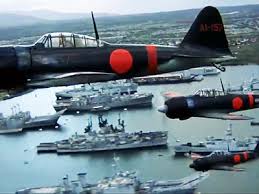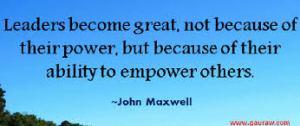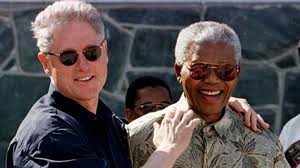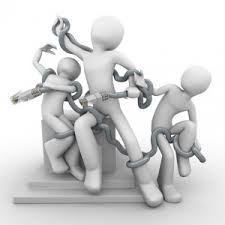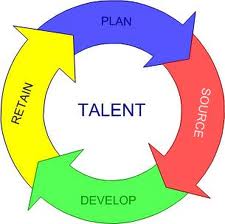In reference to a prior blog on “The Review”, this process is often challenging and ineffective in terms of generating the desired performance improvement that Managers are seeking.
The traditional performance appraisal reviews past performance, and is often an inaccurate reflection of true performance due to:
- inadequate preparation or effort,
- poor documentation or record keeping,
- any number of biases.
I believe that what really matters to is to provide your employees with input that leads to the development of their skills, which ultimately benefits them personally as well as serving the organization’s future.
There is much discussion in HR circles about eliminating the annual or semi-annual review process altogether. Such a change should foster more frequent conversations and updates about an employee’s performance, which is what most workers want.
Constant, ONGOING coaching and feedback is one of the keys toward achieving continuous employee growth and development.
I’m not saying micro-management, but rather taking the time to ensure that every employee:
- understands the clear expectations surrounding their role and responsibilities,
- knows where they stand in terms of their performance,
- and has a vision of how to grow and improve.


